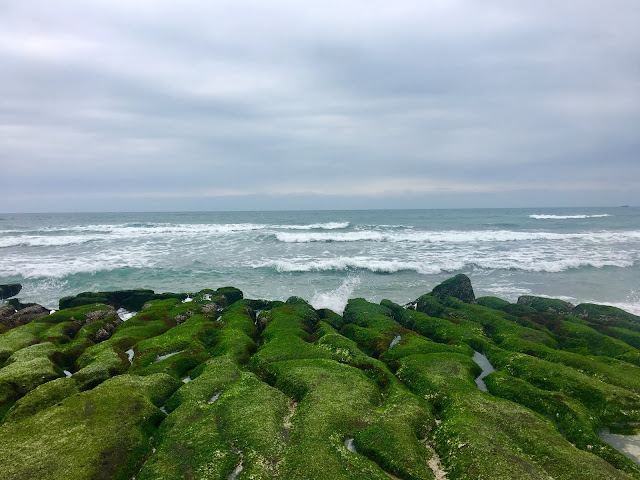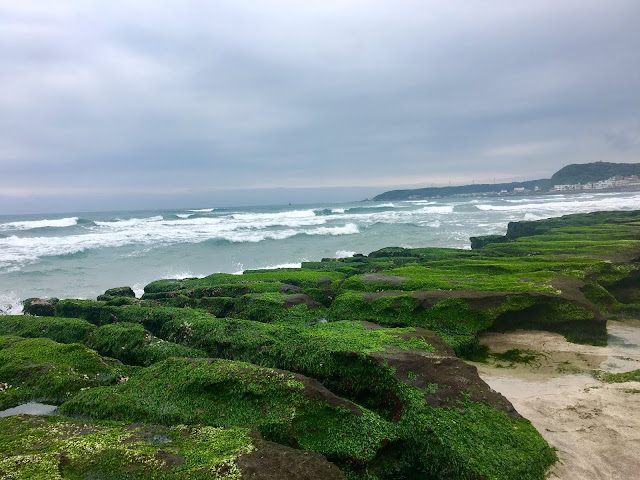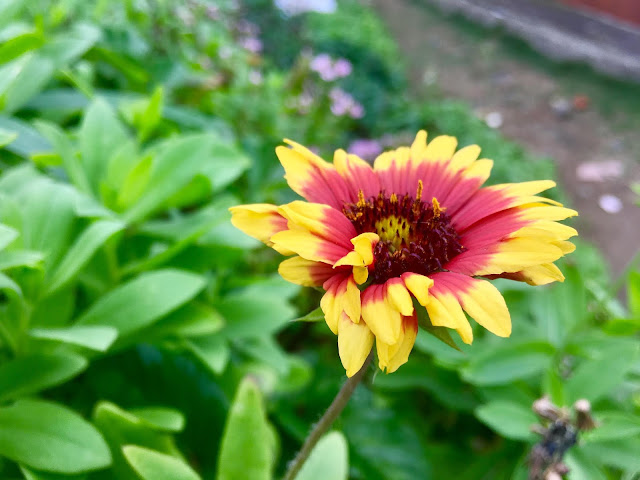Travel Date: 2018/08/31
Thousand Island Lake (百年土角厝)
Today we came to see Thousand Island Lake. My husband mentioned it before, but I wasn't interested until I discovered this place on my own lol. His choices are usually not interesting, which is why I have to make the decisions.
After nearly a 2-hour drive, we arrived at this mountain road, which I find scary. The road was very narrow and difficult to drive on, especially since it's not a one-way road! Encountering a car coming from the opposite direction is really challenging. There is no space to stop or make way for someone else to pass. In the end, we found a place to turn back. We weren't the only ones who gave up and decided to take some pictures from a higher level on the mountain.
The place doesn't have clear signs indicating where to go, only handmade ones by people. That didn't help us find the exact location either. If we get a chance to come here again, we will definitely drive a scooter.
Thousand Island Lake gets its name from a famous attraction in China. This reservoir, surrounded by many hills, creates a similar scenery. Although it's not a natural lake but a man-made reservoir around the mountains, it gives the illusion of many islands.
Feitsui Reservoir, also known as Thousand Island Lake, was built in 1987. Construction took 8 years to complete. The reservoir supplies water to Taipei and New Taipei City. To complete the project, a thousand people were relocated from Bishan Village.
The area is considered to have a perfect climate for tea plantations, such as Wanshan Pouchong or Dong Fang Mei Ren. It is a renowned tea plantation area in North Taiwan. More than 80% of the residents here make a living from growing tea.














